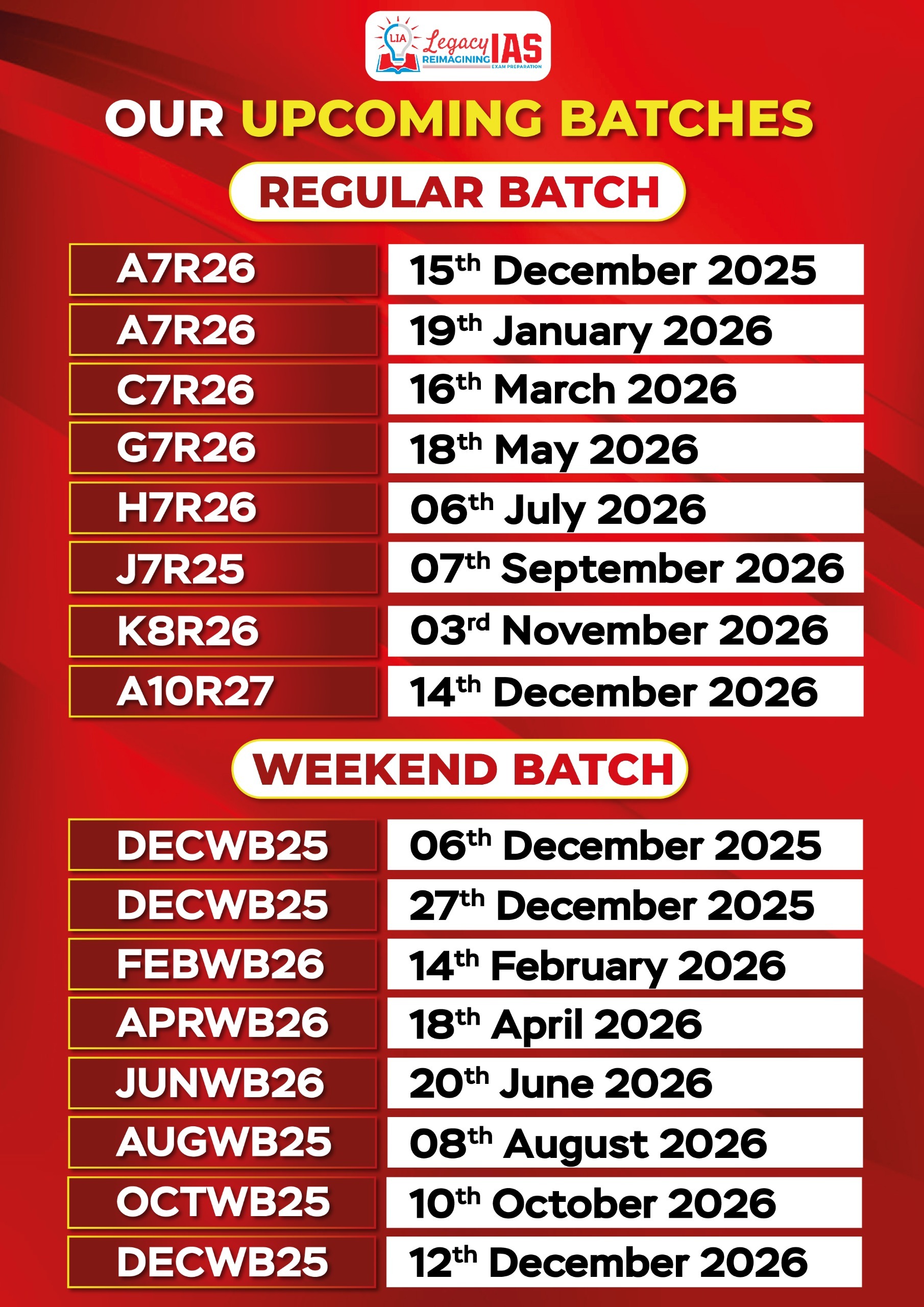Content:
- Manipur’s worsening humanitarian crisis
- Closer than ever
Manipur’s worsening humanitarian crisis
Background and Context
- Geographical and Ethnic Complexity:
- Manipur shares a porous border with Myanmar, contributing to complex migration and security issues.
- Ethnic tensions between the Meitei (dominant in the Valley) and Kuki-Zomi (dominant in the Hill districts) communities have escalated into violent conflicts.
- Data Deficiency:
- Longstanding armed conflicts and displacement events have resulted in a lack of reliable humanitarian data.
- Fragmented data collection obscures the full extent of vulnerabilities, particularly for unregistered displaced persons.
Relevance : GS 2(Governance)
Practice Question : Critically examine the humanitarian implications of the Manipur conflict, highlighting the challenges in data collection and relief measures. Suggest ways to address the crisis. (250 words)
Key Humanitarian Concerns
- Forced Displacement:
- Around 58,000 displaced individuals reside in relief camps across Valley and Hill districts.
- Unregistered displacement includes individuals living with relatives or outside formal camps, further complicating relief measures.
- Over 19,000 people fled to neighboring states (Mizoram, Nagaland, Assam, Meghalaya).
- Health Crisis:
- Breakdown in Healthcare Access:
- Hill district residents (particularly Kuki-Zomi communities) face blocked access to major hospitals in Imphal.
- Average travel time for patients from Churachandpur to tertiary hospitals: 17–24 hours.
- Breakdown in Healthcare Access:
- Underreported Mortality and Morbidity:Deaths due to delayed treatment (e.g., dialysis unavailability, maternal deaths, pneumonia in children).Threats to medical facilities and medicine blockades worsen conditions.
- Mental Health Crisis:High prevalence of Post-Traumatic Stress Disorder (PTSD) (65.8%), moderate anxiety (24.8%), and severe anxiety (15.2%) among displaced persons.Suicides reported in relief camps due to prolonged displacement and livelihood loss
- Living Conditions in Relief Camps:
- Prolonged displacement (over 2 years since initial camps) with unmet basic needs:
- Water scarcity leading to high household expenses.
- Unsanitary conditions causing health hazards.
- Malnutrition and food insecurity affecting children and vulnerable populations.
- Dwindling resources due to donor fatigue and conflict-induced inflation.
- Over 22,000 children in camps face severe disruption in education and nutrition.
- Prolonged displacement (over 2 years since initial camps) with unmet basic needs:
Information and Documentation Gaps
- Unrecognized Categories of Displacement:
- Youth migrating for education and livelihood.
- Patients seeking medical care outside the state.
- Misinformation and Disinformation:
- Media blackouts and conflicting reports distort the humanitarian narrative.
- Absence of granular data hampers policy formulation and effective response measures.
Measures to Mitigate the Crisis
- Immediate Humanitarian Interventions:
- Increase external humanitarian support (corporate social responsibility initiatives and international aid).
- Enhance the supply of clean drinking water to reduce the financial burden on displaced households.
- Healthcare Solutions:
- Establish humanitarian corridors to evacuate critically ill patients through Imphal airport.
- Improve access to essential medicines and prevent blockades.
- Supply Chain Restoration:
- Reopen and secure transport routes for food, medical supplies, and essential goods through neutral communities.
- This would mitigate inflation and stabilize local economies.
- Long-term Support:
- Ensure sustained aid to prevent donor fatigue.
- Focus on education continuity for displaced children.
Constitutional and Governance Dimensions (GS2 & GS3 Relevance)
- Article 355: Obligation of the Union to protect states against internal disturbances.
- Article 371C: Special provisions for Manipur for safeguarding tribal rights.
- Federal Governance Concerns: Balance between state autonomy and central intervention.
- Internal Security Challenge: Impact on national integrity and border security with Myanmar.
Closer than ever
Context : Strategic Importance of the Visit
- Qatari Amir Sheikh Tamim bin Hamad Al-Thani’s visit to India after a decade signifies the strengthening of bilateral relations.
- Upgradation of ties to a strategic partnership aligns India-Qatar relations with India’s ties with other GCC countries like UAE and Saudi Arabia.
Relevance : GS 2 ( International Relations)
Practice Question :Critically analyze the significance of the India-Qatar strategic partnership in the context of West Asian geopolitics and India’s energy security. (250 words)
Economic Cooperation
- Qatar supplies 45% of India’s LNG needs, making energy a cornerstone of bilateral trade (~$15 billion).
- Qatar’s commitment to invest $10 billion in Indian infrastructure and manufacturing boosts India’s development agenda.
- Signing of the Double Taxation Avoidance Agreement (DTAA) fosters smoother economic transactions.
- Aim to double bilateral trade by 2030 reflects long-term economic synergy.
Geopolitical Dimensions
- Qatar’s balancing act: hosts the U.S. military base while engaging with groups like the Hamas and Taliban.
- India leverages Qatar’s regional influence for Afghanistan engagement, especially amid Taliban’s resurgence.
- The Amir’s pardon of eight Indian naval personnel strengthens diplomatic goodwill and trust.
Regional and Global Context
- Visit occurs amid heightened tensions in West Asia (Israel-Gaza conflict), highlighting regional diplomacy’s complexity.
- India’s measured stance on the Israel-Hamas issue contrasts Qatar’s more vocal regional positions.
- The evolving India-Qatar relationship may help bridge divergences in their regional outlooks.
People-to-People and Cultural Ties
- Indian diaspora in Qatar (~700,000+) is pivotal to Qatar’s economic sectors and acts as a strong cultural bridge.
- New MoUs in sports and youth affairs aim to deepen cultural and social engagement.



